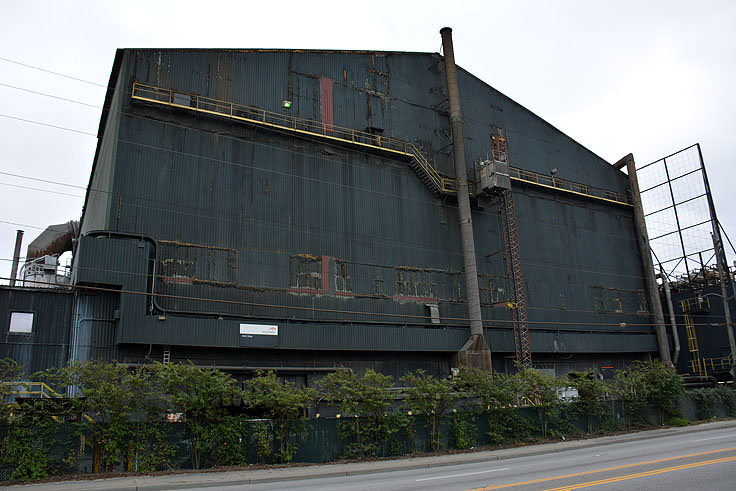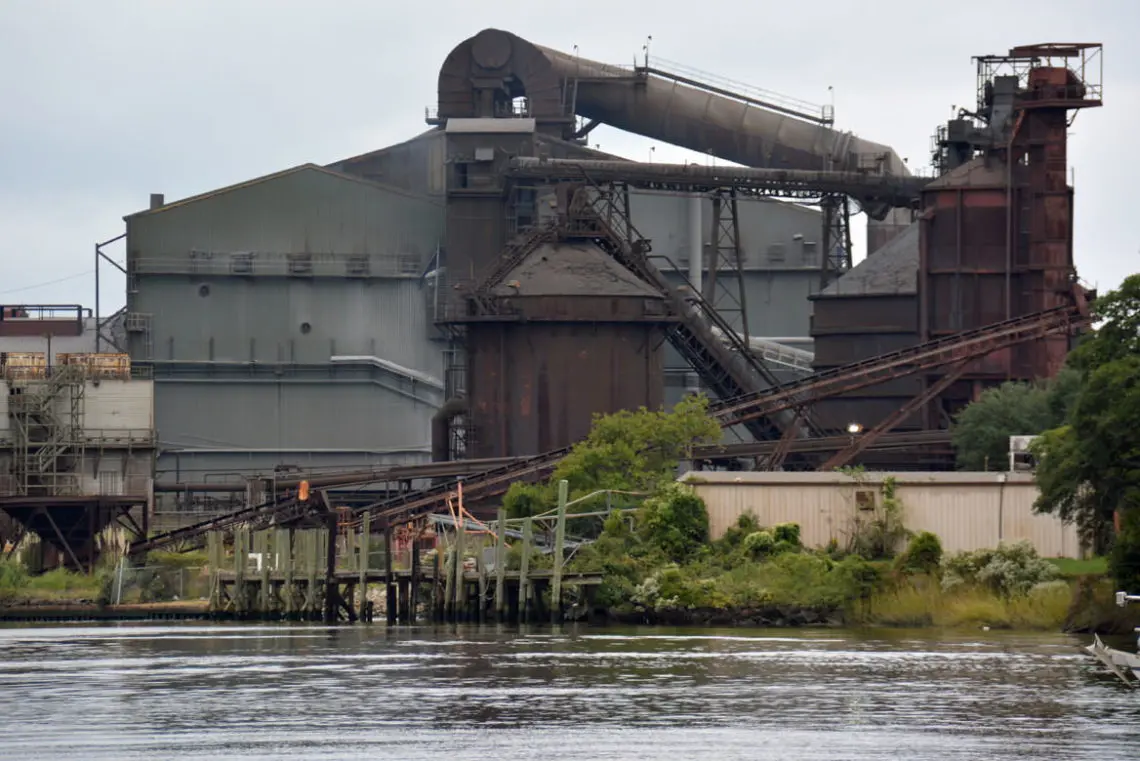- Georgetown
- Map it
*Arcelor Mittal Georgetown has permanently closed*
The Georgetown Steel Mill, though a relatively recent addition, feels like it has been ingrained in the Georgetown community for as long as the town has been a hub of manufacturing along the Southeastern coastline.

Known formally as ArcelorMittal - Georgtown, but commonly referred to by its original Georgetown Steel Mill moniker, the mill is responsible for the majority of manufacturing jobs in the area, and is a strong component of Georgetown's economic growth and prominence in the manufacturing industry. Employing hundreds if not thousands of local residents, the mill, though fraught with controversy over the past decade or so, was an instrumental tool in sustaining and even expanding Georgetown's reputation as an industrial center.
Georgetown initially began as an indigo town, with indigo being the premier cash crop in the region in the early to mid-1700s. The initial demand was huge, and the town used the profits to build Georgetown into a thriving community. For example, the influx of money coming in from the Indigo trade allowed the Winyah Indigo Society, whose members paid dues in indigo, to open and operate the first public school between "Charles Town," now Charleston, and Wilmington, NC.
As demand changed, the Indigo trade faded, and the rice trade suddenly became the star industry of the scene. The low country regions of South Carolina were ideal for growing rice, and Georgetown was at the forefront of the industry, with dozens of plantations location within the town's borders and just a couple miles away, close to the coast. By 1840, the district of Georgetown produced 1/2th of the total rice crop in America, and the town itself enjoyed a second boom of development, attracting settlers from all over the southern and northern states.
The rice crops dwindled during the tumultuous reconstruction period after the war, but ever-resistant, Georgetown shifted its economy to depend on the country's newest hot commodity, lumber. By 1900, several lumber companies called Georgetown home, and by the 1910s, the town was once again in full swing, churning out a coveted and in-demand product, and using the profits to modernize the city. By the 1920s, Georgetown was officially "modernized," with electricity, telephone lines, paved streets and sewer facilities, and after the Great Depression, Southern Kraft Division of International Paper opened a mill, which would become the largest in the world by the end of World War II.
In the late 1960s, Georgetown's economic backbone changed again as the lumber shipping industry started to slow. The Korf Company of Germany took notice of the region, specifically its centuries of being a United States manufacturing leader, and decided to construct a steel mill in the town. The Georgetown Steel Mill was established in 1969, creating a new base for local jobs in the region. The mill shut down, temporarily, in 2003 due to competition from China, but was purchased by the former International Steel Group (ISG) and reopened in 2005. When ISB merged with Mittal, which subsequently merged with Arcelor, the mill finally garnered its current name, the ArcelorMittal Steel Mill.
Today, the plant operates two electric arc furnaces and is capable of producing up to 1 million tons of liquid steel every year, in addition to up to 750,000 tons of wire rod. With exceptional shipping access through the seaport, these goods are then exported to serve construction, automotive, industrial and converter markets all around the world. The steel mill is one of 9 mills operated by ArcelorMittal, and one of 5 of the company's mills in operation in the United States.
Just as the original Indigo, rice and lumber industries encouraged newcomers to relocate to the town of Georgetown, the mill has also attracted its fair share of workers, and is one of the leading employers in the region. Despite labor union disputes and air or water quality concerns in the last 10 years, (including a shut-down in 2009 during the slow market), the mill continues to churn, providing much-needed revenue into the town's economy.
The Georgetown Steel Mill may not be the community's prettiest site by a long shot, certainly, but it was instrumental in providing a much-needed boost into a local economy that was suffering from the lumber shipping industry downfall. Employing hundreds if not thousands of local residents, and producing some of the largest quantities of steel in the United States, the Georgetown Steel Mill proves that this small southern city is still a hardworking leader in the national manufacturing industry.


